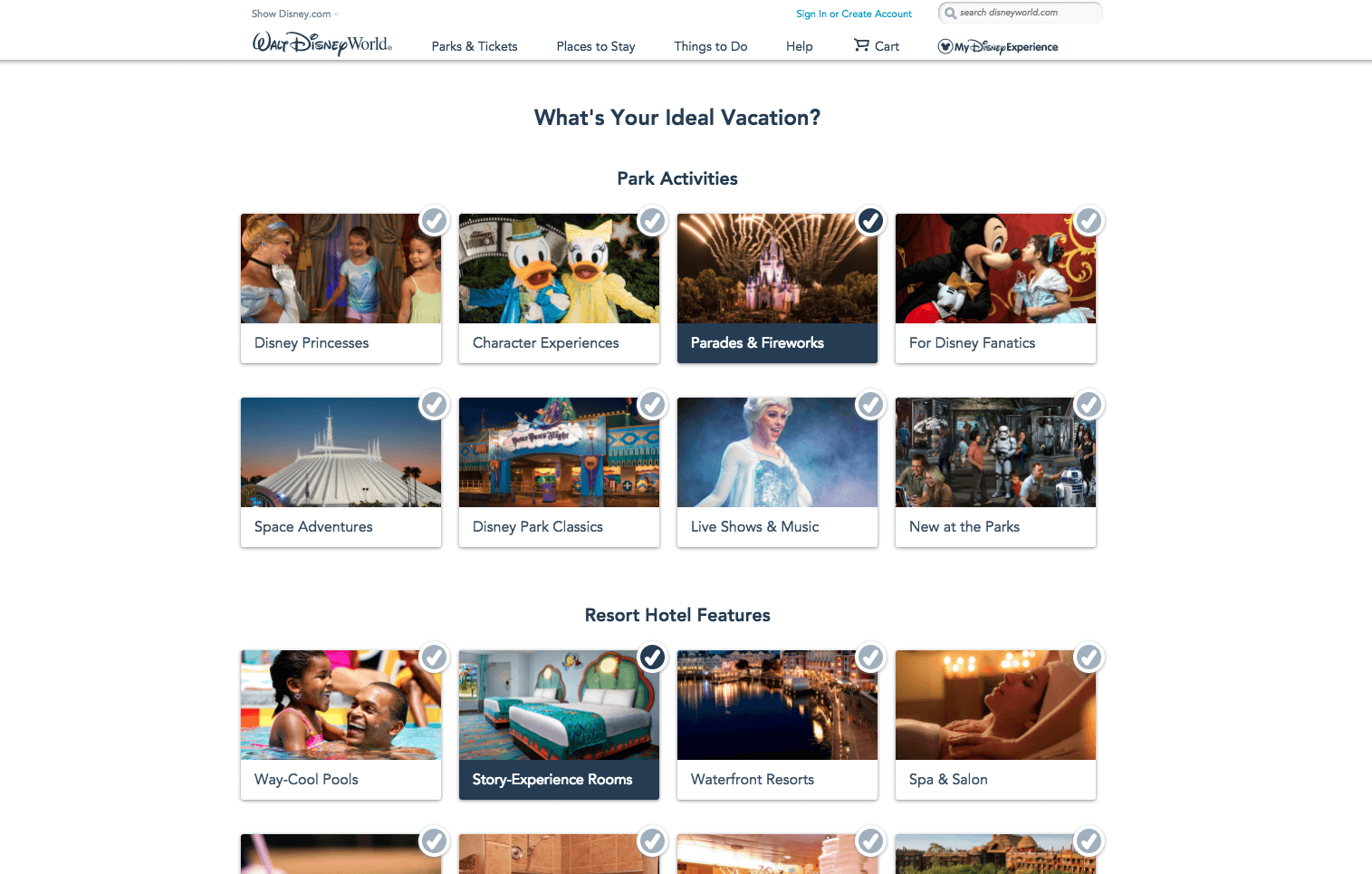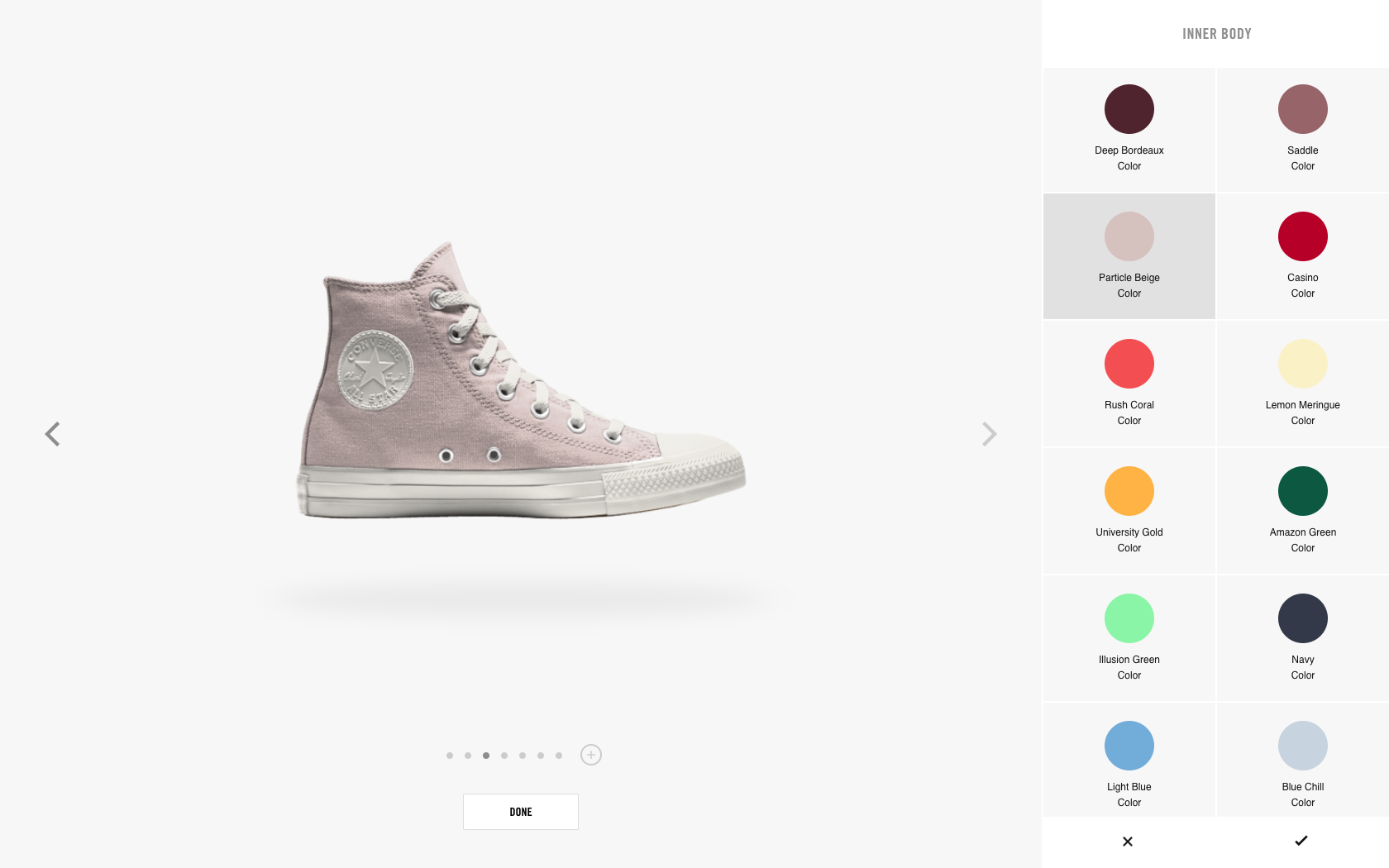
Branding, at a high level, is a promise to your customer. A promise that lets the customer know what to expect. A promise that informs how you will look, speak and act. Experiences with any brand touchpoint (including digital products) can either reinforce user perceptions of the brand or break them down. It's vital to a brand’s reputation that users have not only positive experiences with a company’s digital products, but experiences that reinforce the brand. Brand experience is user experience.
How Brand Translates to User Experience
To reinforce the brand online, we need to start by understanding the brand. For example, if a brand is an Explorer archetype that should be seen as ambitious, independent and pioneering, how do we ensure people think and feel that way about the brand? We generally focus on colors, imagery and tone of copy. However, there is another element that is often overlooked—how the brand should act. In the past, marketers were focused on non-interactive mediums such as print and TV ads, where brand behavior was exhibited, not engaged with, by the viewer. However, with the rise of digital and interactive experiences, brand behavior is now front and center. When a customer visits a website, they are interacting with the brand. And how that website behaves toward them will affect their brand perceptions.
“Your brand is formed primarily, not by what your company says about itself, but what the company does.”
- Jeff Bezos, Amazon
We need ways of integrating brand behaviors into a digital medium like a website. It starts by looking at the types of interactions users are having online with a brand.
Connecting Brand Promise and Brand Behavior
One way to start connecting branding with UX is to apply brand attributes to interactions. Below are a few examples of how major brands use their brand attributes to inform their interactions.

Disney includes a short quiz that magically narrows down all the possible Disney World options and presents a personalized trip itinerary. This is not only good UX (avoiding the paradox of choice), but is also very in line with their brand attributes.
Brand Attributes:
- Magical
- Playful
- Charismatic

One of the ways Nike infuses their brand attributes into their website is by offering a variety of products that are customizable. This not only plays into empowering users, but also shows their innovation and, in the end, the customer gets a product that is more authentic to their own style.
Brand Attributes:
- Empowering
- Innovative
- Authentic
At Trone, we have two ways of identifying and documenting how brand attributes can be applied to interactions.
1. Experience Guidelines:
High level overview of how a brand should behave online. Each guideline is based on one of their brand attributes. This is a cross feature and cross team document that can be used to provide strategic direction.
2. Branded Interactions Matrix:
This type of document gets into the nitty-gritty details on exactly how each brand attribute can be communicated through an online interaction.
Testing for User Perceptions of Brand
Once the online brand attributes have been implemented, how do you know if what you’ve done is effective? Website surveys can help measure user perceptions of the brand by asking the user to select from a list of the adjectives that best describe the brand. This type of survey provides insight into how customers actually view the brand, and when repeated over time, surveys can track how changes to the site impact customer perceptions.
Brand + User Experience
Combining branding and user experience starts with a firm understanding of both the brand and the users. Understanding the brand promise, attributes and archetype helps inform interactions on the site. Understanding the users helps us make sure that the interactions and features will be valuable, useful and usable. Need help defining your brand or understanding your users? Feel free to reach out to the Trone team.

